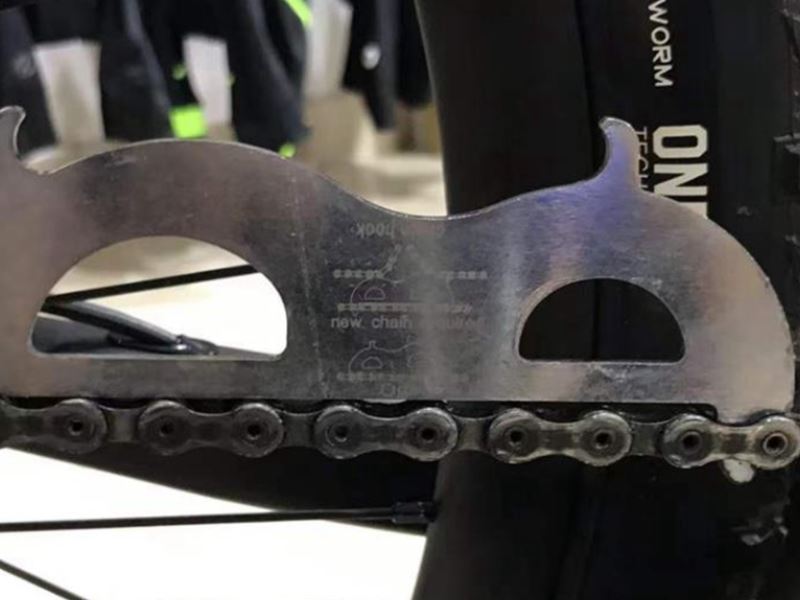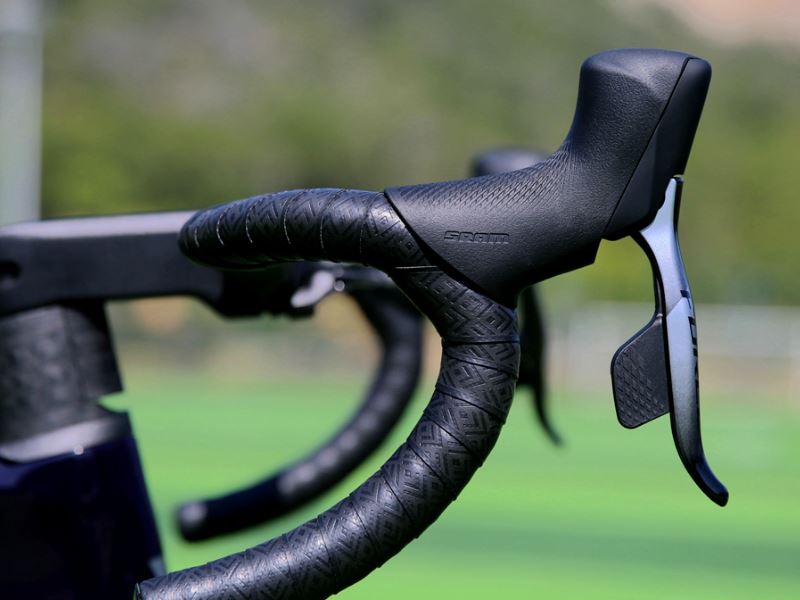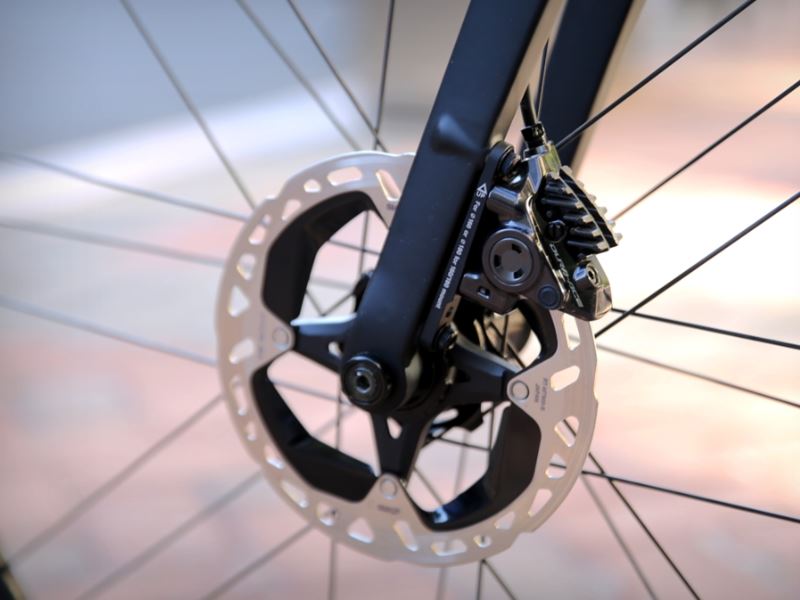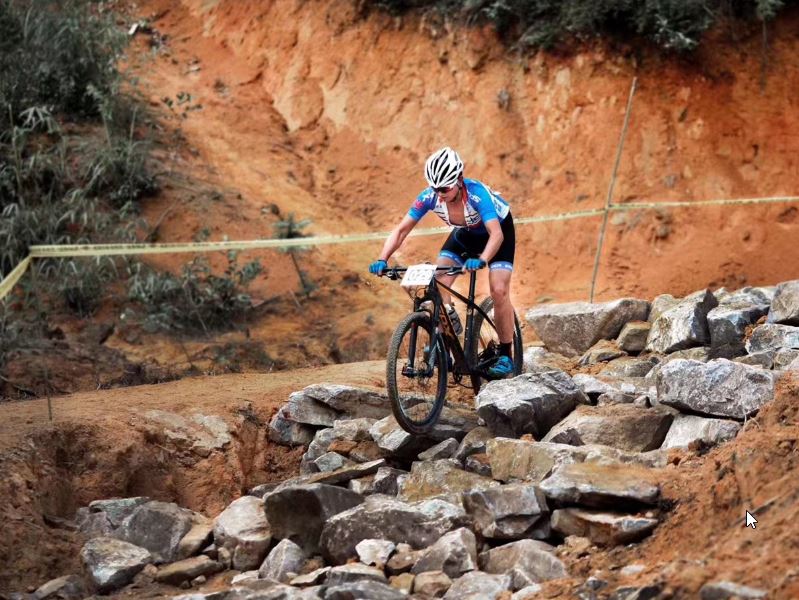by Tiffanybikes
Share
by Tiffanybikes
Share
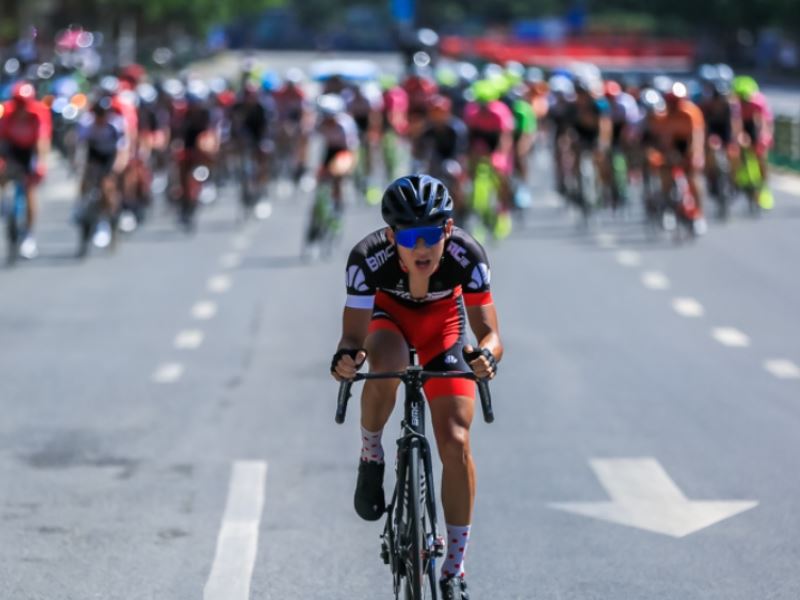
Aerodynamics has remained the hottest topic in road cycling in recent years, because at higher speeds, aerodynamic drag will drain the rider’s power output. Therefore, in order to improve the overall aerodynamic performance, higher-frame wheels are usually replaced, and more aerodynamic frames and aero helmets are used, which are the norm in professional and amateur arenas.
It’s not just professional riders who need to improve aerodynamics, most amateur riders can also improve their speed by optimizing their aerodynamics. So in the process of optimizing aerodynamics, how to save costs as much as possible to improve aerodynamic efficiency, lets discuss with you the following suggestions for improving aerodynamics.
- Close-fitting cycling clothes
Cyclists generate about 80 percent of the air resistance, and loose clothing only increases resistance by creating a larger windward area. A tight-fitting jersey will save 29 seconds for 40 km at 37 km/h. Most professional teams are now wearing suits developed according to the wind tunnel, especially in road races where riders are often seen wearing one-piece suits, and they can benefit from it.
Of course, most amateur riders will not choose the more expensive coveralls, and wearing the coveralls will also bring a lot of inconvenience. So amateur riders can achieve a tighter fit and lower air resistance by choosing a split jersey one size smaller.
- zip to the top
Unzipping and probably cooling you off a bit more, but it creates a lot of resistance. Most riders will open the zipper on the climbing section for better heat dissipation, so pulling the zipper to the top on the flat road section can also effectively reduce a certain wind resistance coefficient.
- Pneumatic posture
Since the body generates most of the drag, using a more aerodynamic riding position is an easy way to reduce drag. The purpose is to reduce your frontal windward area. The lower riding position is said to effectively reduce aerodynamic drag by up to 7.8%. Riders will reduce the frontal impact area by maintaining an aerodynamic position with forearms straight and elbows tucked in and at a 90-degree angle. This position is usually used for downhills, but it does have the potential to be faster on flat roads.
4. TT pose
Another way to reduce the drag coefficient in the windward area is to retract the hands and elbows as much as possible. This riding position is commonly used in time trials, so that the rider and the bicycle are as integral as possible to reduce the air purpose of resistance.
- Shave the legs
Science shows that smooth legs can be faster. Aerodynamic experts have proven in wind tunnel testing that shaved legs can save up to 80 seconds over a distance of 40 kilometers. So, when someone asks why you shave your legs, you can tell them it’s to go faster.
- Close the vents
Cycling helmets are usually designed with a large number of vents to dissipate heat, but this will also increase a certain amount of air resistance. According to Specialized’s wind tunnel testing, an aero helmet without vents can save up to 40 seconds on a 40-kilometer track compared to a regular vented helmet. Therefore, drivers will choose expensive aerodynamic helmets in road races or time trials. If you don’t want to spend any extra money, you can use tape to seal the vents of the helmet to reduce wind resistance.
The “out-of-stock tide” brought about by the epidemic has made it difficult to find a bike in the cycling circle. Even if some brands can order a bike, the delivery time varies from a few months to more than half a year. There are many bike fans who can’t wait to turn their attention to […]
Whether you’re a big cyclist or a novice cyclist, who hasn’t made some mistakes on the bike? For example, when the new bike is installed, the vehicle accessories are installed incorrectly, the equipment model is not matched when the accessories are upgraded, the fault judgment is wrong, and there is wasted effort in disassembly and […]
With the full popularity of the disc brake system for road bikes, the road bike market has completely resolved the debate between disc brakes and rim brakes. It can be said that disc brakes have completely taken over the rim brakes. But in road disc brakes, there is another debate, so is it better to […]
Today, most mountain bikes on the market are equipped with front fork shock absorbers, and even many gravel bikes are equipped with micro-travel shock absorbers in order to cope with more complex road conditions. There is enough suspension travel on a bicycle to measure the bumps that the bicycle can absorb, so what kind of […]
